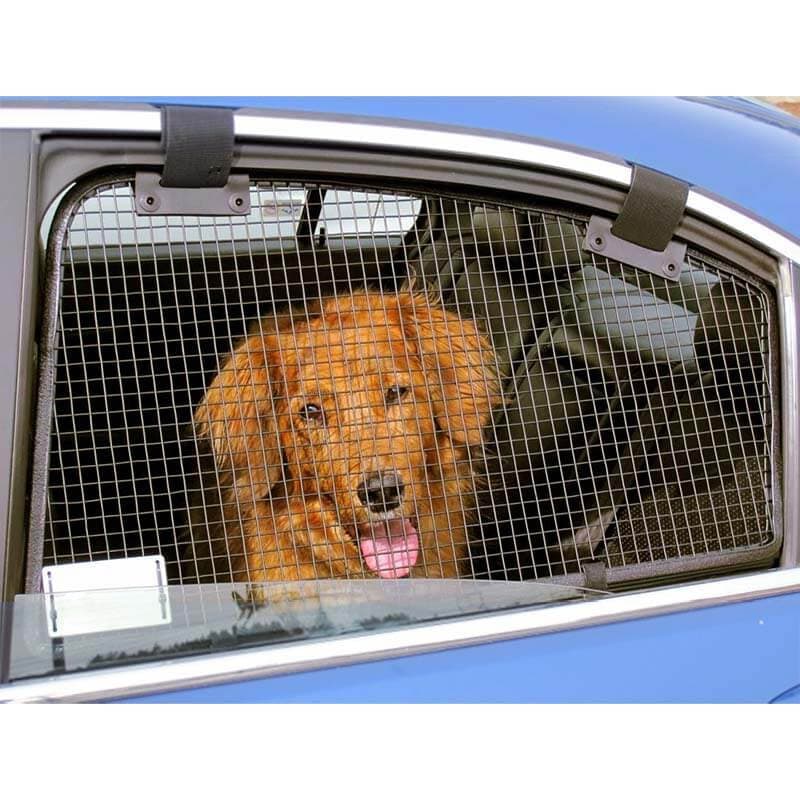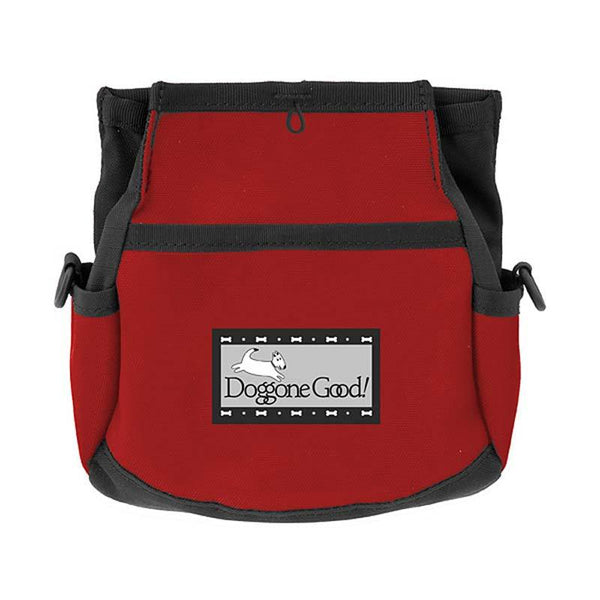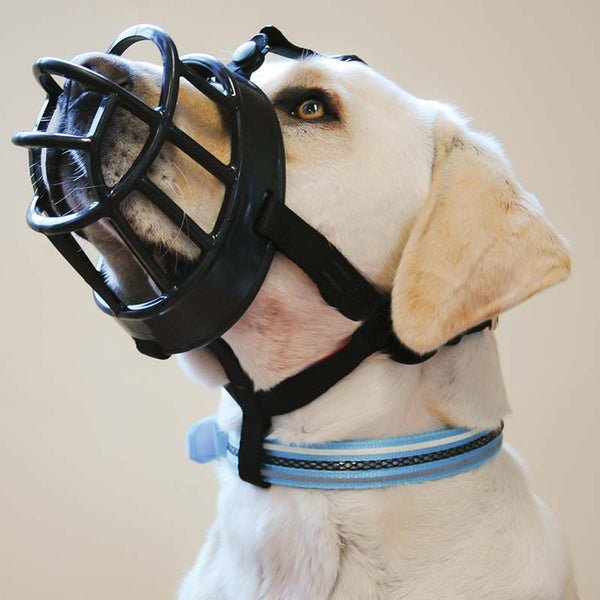Good Exercise Activities for Your Dog

Walk That Dog!
Whew! Just spent the last three hours walking dogs. Someday I'll have to measure the distance we cover on our regular route. Whatever it is, I tramped it three times this morning with a total of 12 dogs. Not bad for a former couch potato.
Walking with my dogs has really been the only successful exercise program I've ever tried. I'm not the sort of person who enjoys exerting herself. Give me a comfy couch, a good novel, and a cool gin and tonic...see you when you get back from the gym.
Even knowing that I'll feel better afterwards is not enough to get me moving. No, the only thing that works is harassment. Unrelenting stares, dancing from foot to foot, whining escalating to hysterical barking... Dogs know how to train people, no doubt about that.
Now that they have me trained, I can usually head out first thing in the morning, knowing that by doing so I'll be surrounded by happy, satisfied dogs for the rest of the day. Or at least until they wake up from their naps.
This system doesn't work for everyone. I know of a man who bought himself a German Shepherd after suffering a heart attack, on the premise that walking the dog would motivate him to exercise. I certainly got plenty of exercise training that dog, but I doubt his owner walked him more than once. I couldn't even get the man out of his house to participate in the dog training sessions!
But for the person who feels responsible for the well-being of a pet, a more active lifestyle can result from the addition of a canine companion. Of course, the canine has to be manageable by the dog owner; who is going to be motivated to exercise with a dog who pulls her down the street or trips her up at every step?
That was the thinking behind "Jog With Dogs", a program I recently developed for the BCSPCA in response to a grant offered by a regional health authority. Jog With Dogs focuses on teaching good leash walking skills, safe biking skills, and safety when encountering strange dogs.
The first classes were attended by dogs and people of all types: a shih tzu, a dingo cross, an Australian cattle dog, a pitbull, a ten year old girl, a bicycling addict, a couple wanting to teach their two dogs to walk beside a baby stroller... Some wanted to lose weight, some just wanted their dogs to be easier to walk. The main thing they had in common, though, was that they recognized that their dogs were (or had the potential to be) great companions. Whether for their own sakes or for their dogs', becoming more active together was a shared goal.
The first question I asked my classes was, why is it so hard for so many dogs to learn to walk nicely on a leash? If it hasn't been hard for your dog, then you are either very lucky or you've started early teaching your dog good habits. Because, from the moment you first clip leash to collar, your dog will be learning. And many dogs learn that they can simply pull on the leash to make you walk faster or to change direction. And most dogs don't naturally walk at the same pace as you, or want to walk in a straight line; they want to run or to stop and sniff a urine-scented post. Or both! Run...sniff...run...sniff... Sound familiar?
If you have unwittingly allowed this behavior to develop, it is not rational to be mad at your dog for continuing it. Behavior that's become habitual is very hard to change. I have heard experts say that for humans, it takes a minimum of six weeks for new behaviors to become habitual, replacing old behaviors. So, you are going to need to be very, very consistent for many weeks if you want to see lasting change. This is why attending a class with your dog can be a much better idea than training on your own; you'll probably need the support you can get from your teacher and classmates.*
It may seem like a lot of work, but the alternative is being yanked around at the end of a leash for the next decade or so, resenting your dog instead of enjoying his company. So, bite the bullet, find a class to join TODAY. I can see you two now, jogging off into the sunset together.
*Remember to ensure that the dog training class you choose uses positive reinforcement techniques rather than choke chains or pinch collars.
Shane Windatt, CTC, CPDT
(250) 559-8807

- Choosing a selection results in a full page refresh.
- Press the space key then arrow keys to make a selection.














